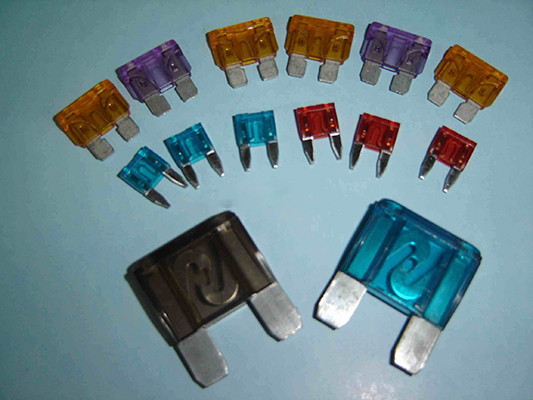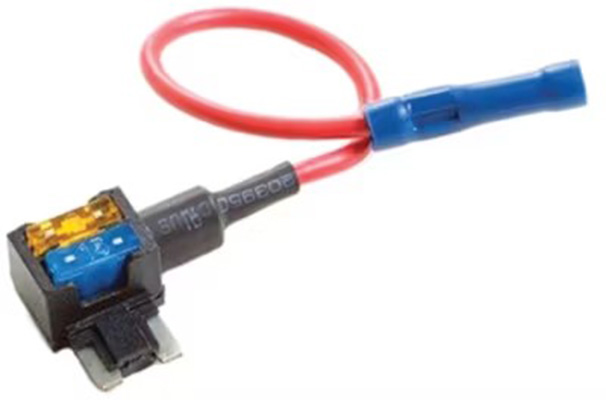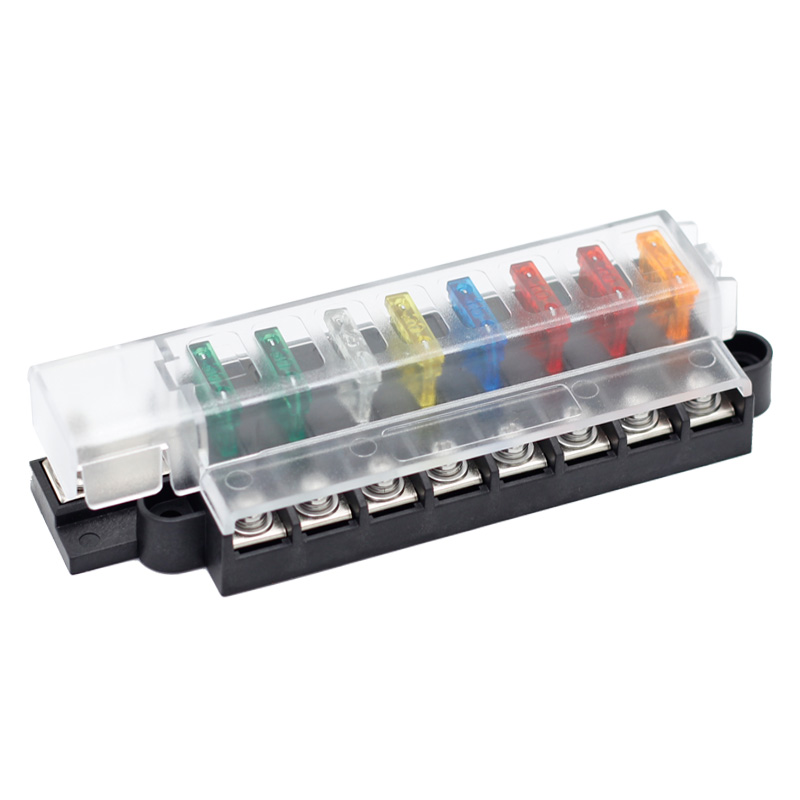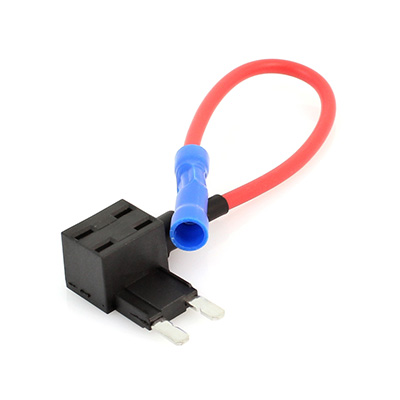Common Causes of Automotive Fuse Failures
News 2025-09-29
Automotive fuses are essential safety components in a car’s electrical system, designed to protect circuits from damage due to excessive current. These small devices work by melting a metal wire when current exceeds safe levels, breaking the circuit and preventing potential fires or equipment failure. Understanding why fuses burn out is crucial for vehicle maintenance, as it helps diagnose electrical issues early and ensures reliable performance in modern cars with complex wiring.

Common Causes
Fuses often burn out due to electrical overloads or short circuits. An overload happens when too many devices draw power simultaneously, exceeding the fuse’s rated amperage. Short circuits occur when a live wire contacts a ground point, causing a sudden surge in current. In automotive settings, this can result from worn insulation, faulty wiring, or aftermarket modifications that increase electrical load, making fuses critical for safeguarding components like lights and audio systems.
Role in Vehicle Protection
In various applications, such as engine control units and power windows, fuses provide key performance advantages by isolating faults without affecting the entire system. Their quick response to current spikes enhances vehicle safety, preventing damage that could lead to costly repairs or accidents. For instance, in electric vehicles, fuses protect high-voltage batteries, ensuring longevity and reliability in demanding scenarios like extreme temperatures or heavy usage.
Maintenance and Prevention Strategies
Regular inspection of fuses can identify early signs of wear, such as discoloration or corrosion, allowing for timely replacement. Using the correct fuse ratings for specific circuits avoids unnecessary failures, while keeping wiring harnesses intact reduces short circuit risks. In practice, drivers should consult vehicle manuals and use diagnostic tools to monitor electrical health, promoting efficient operation and extending the life of automotive electrical systems.


